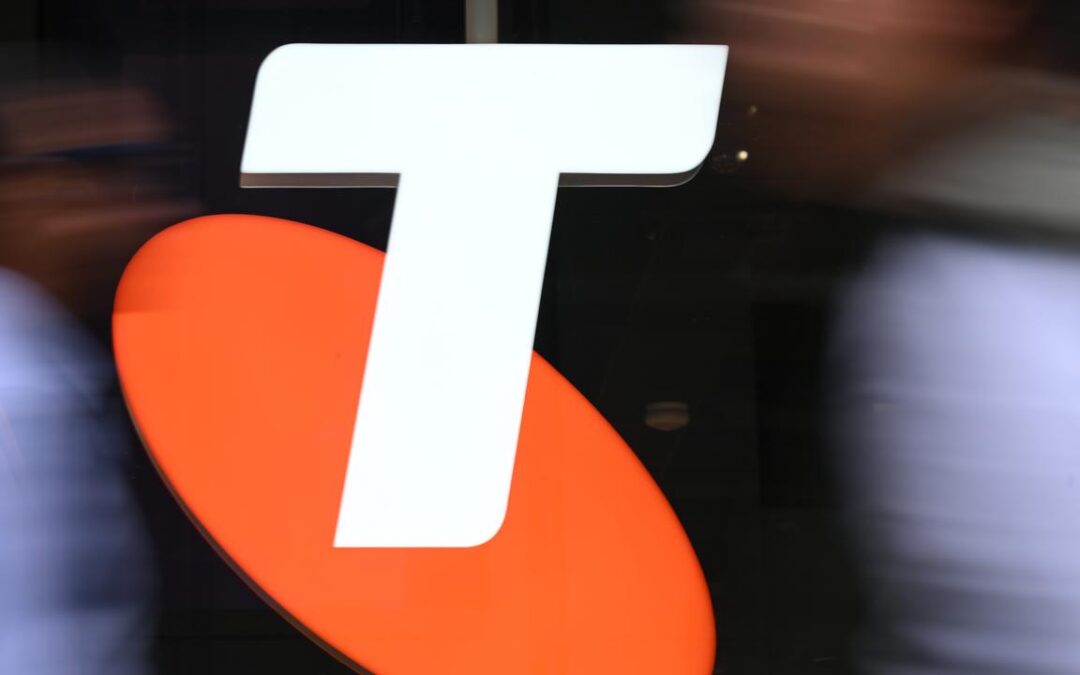
Telco posts profit lift, rewards investors with buyback
Australia’s biggest telecommunications provider has delivered bumper profit growth of more than 30 per cent, as it continues to drive down costs.
Telstra reported a bottom line net profit of $2.3 billion for 2024/25, up from $1.8 billion in the previous financial year, despite a tiny uptick in revenue to $23.1 billion.
However, the result was skewed by a significant one-off cost of $715 million booked in the prior period and linked to restructuring efforts in one of its businesses.
Underlying earnings rose almost five per cent to $8.6 billion, which was within its guidance range.
“We delivered our fourth consecutive year of underlying growth, reflecting momentum across our business, strong cost control and disciplined capital management,” chief executive Vicki Brady said in a statement.
Telstra’s mobile business drove most of the profit result, after generating revenue growth of 3.5 per cent.
“Trends indicate that demand for connectivity will only grow,” Ms Brady said.
“Our ambition is to be the number one choice for connectivity in Australia and to continue delivering on our purpose to build a connected future so that everyone can thrive.”
Telstra declared a final dividend of 9.5 cents, taking the total for the year to June 30 to 19 cents.
It also announced an on-market share buyback worth up to $1 billion as a reward to shareholders.
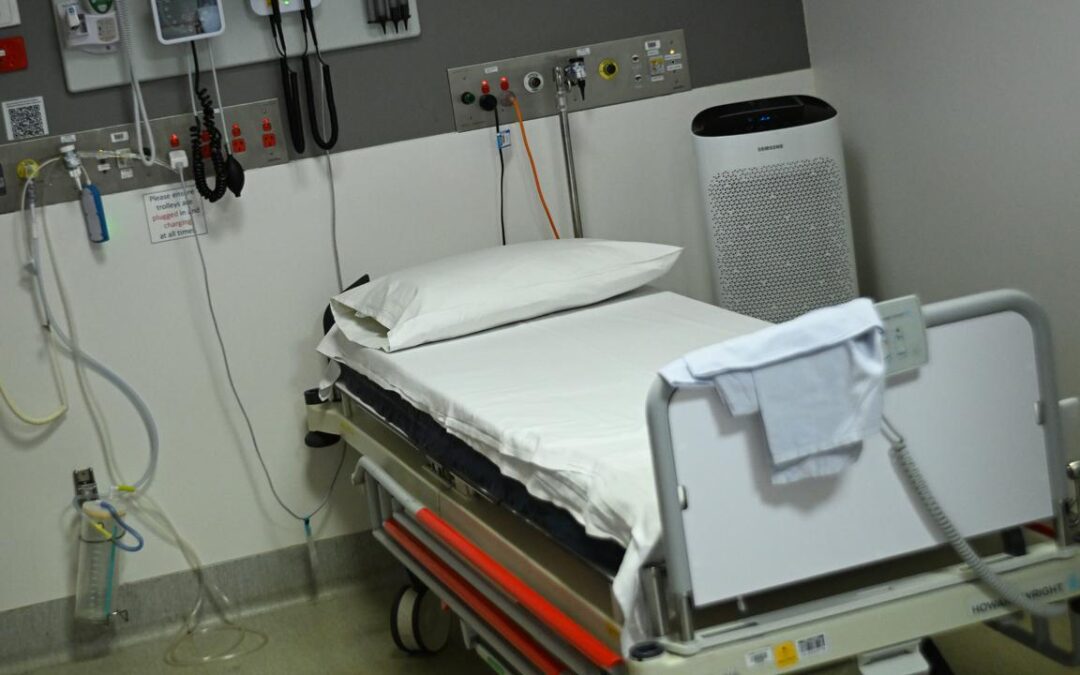
Reforms of care services needed, commission recommends
Australia’s care system could see sweeping reforms that includes a national screening system for care workers, greater collaboration between health services and a major shift towards preventive health investment.
The Productivity Commission released its fifth and final interim report on Wednesday, noting an overhaul of the care sector is needed to boost the country’s productivity.
Commissioner Alison Roberts said care is a rapidly growing sector and proposed reforms will seek to break through government’s siloed approach to decision-making.
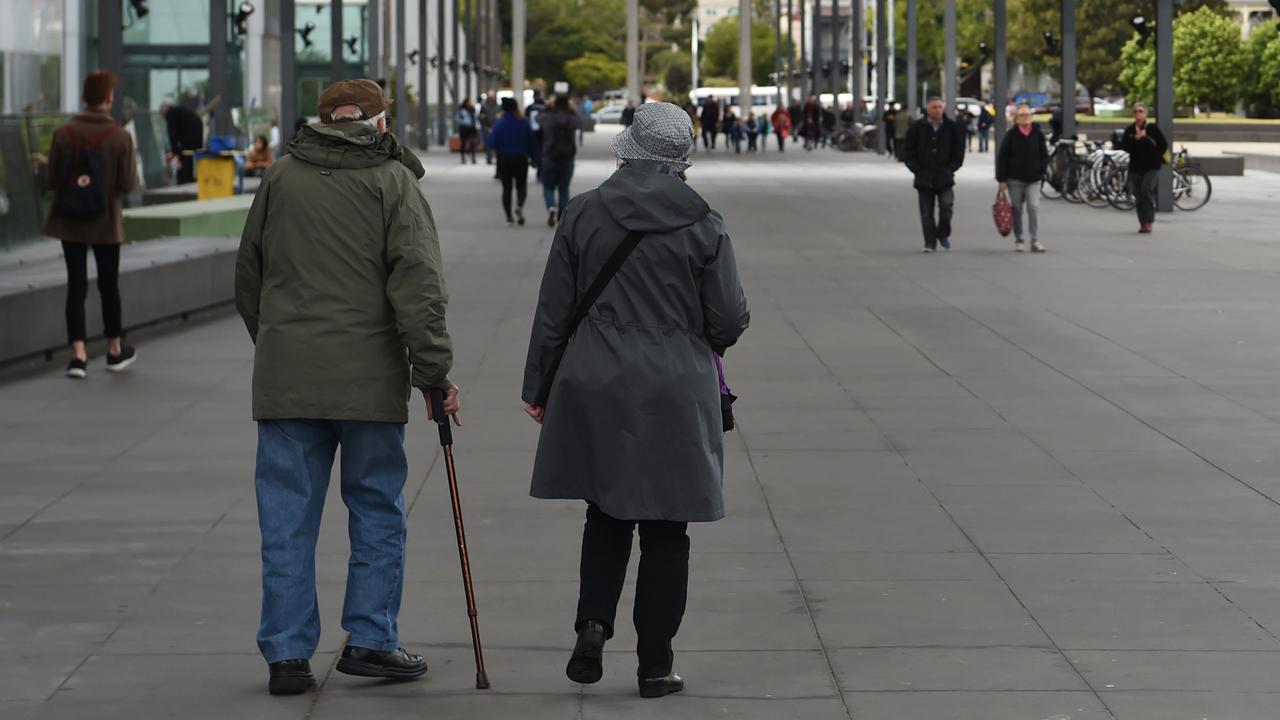
The interim report urges the government to better align quality and safety regulations across the care economy, by reducing the risk of unsafe providers and workers.
This includes a streamlined national screen clearance for workers in aged care, NDIS, veterans’ care and early childhood education and care sectors.
It would make it easier for workers to move between care sectors and cut down on paperwork from providers.
“We don’t have a joined up system, which means people can move from state to state or within the sector to another (workforce) and avoid detection,” Dr Roberts said.
“Greater oversight and joined up systems will reduce this risk of occurring.”
The interim report also recommends the establishment of a national framework to support investment in prevention.
This would allow governments the ability to invest in programs that bring long-term benefits to patients and communities.
Public Health Association of Australia chief executive Terry Slevin said the recommendation exposes a glaring flaw in the federal budget process which hampers investment in prevention.
He said the current rules don’t allow for forecasting or consideration of financial and productivity benefits beyond the four-year estimates period.
“That means the long-term benefits that come from preventive health measures are excluded from influencing government decision making,” he told AAP.
“This is nuts.”
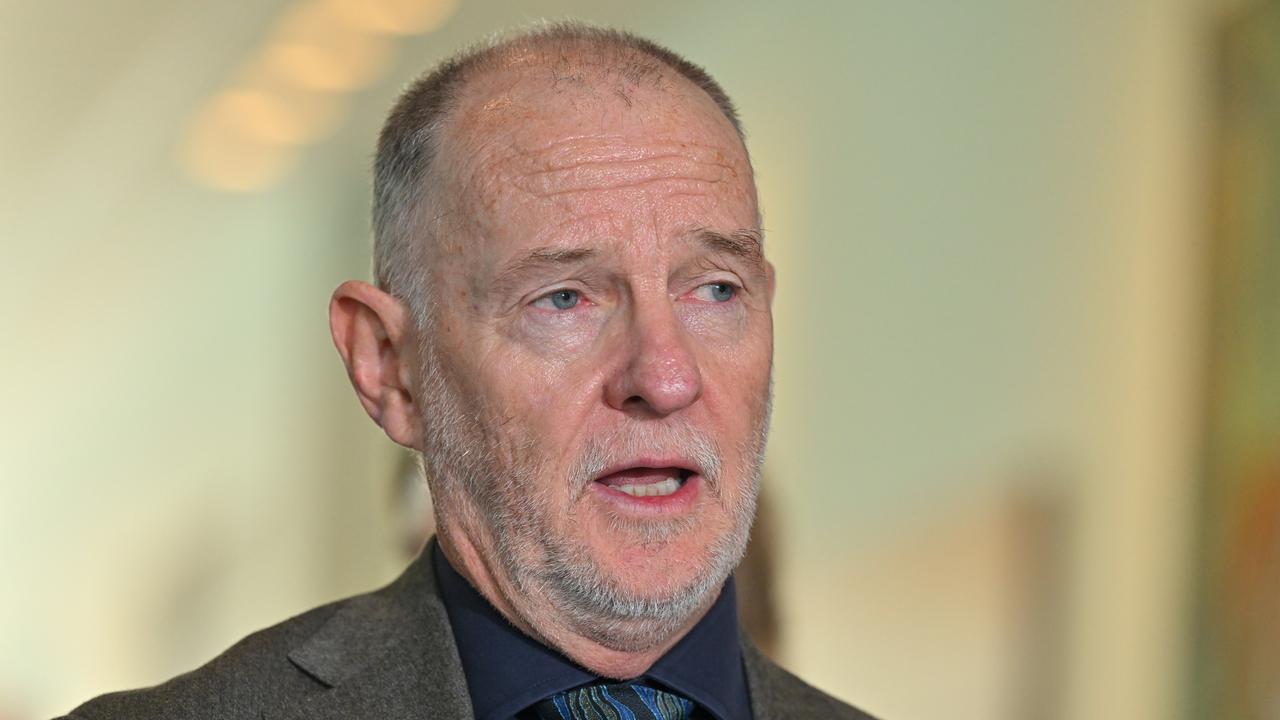
Professor Slevin said the report recognises the importance of preventative health, something that is a forgotten part of the health funding model.
“Prevention has an enormous benefit and of course being able to live longer and healthier lives is really the key benefit,” he said.
“The PC provides that economic lens for us to think again about how we approach investment in making our health better rather than just fixing us when we’re crook.”
The report also calls for integrated and tailored care through collaboration, which would see hospital and primary health networks work together with Aboriginal community controlled health organisations.
This will improve the quality of care and promote local autonomy, which could reduce potentially preventable hospitalisations and other gaps in service provision.
The commission estimates a 10 per cent drop in preventable hospitalisations through better collaboration could save $600 million annually.
Business, union and civil society leaders will come together with experts and government representatives at a three-day economic reform roundtable, which begins on August 19.
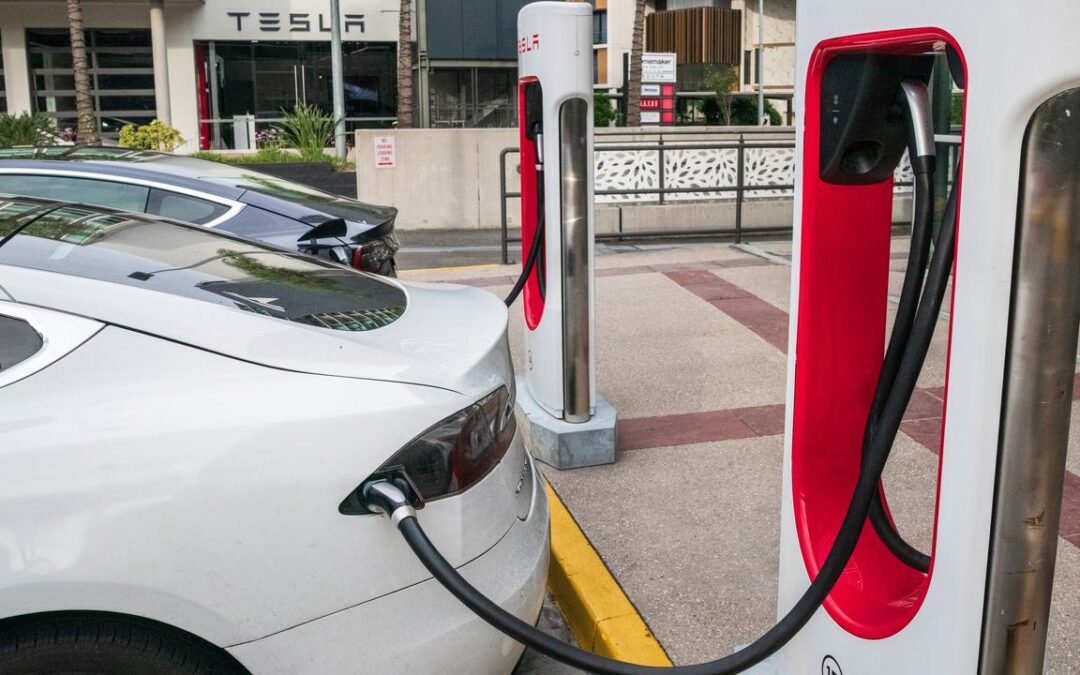
Electric vehicle sales surge to record high
Tens of thousands of Australians started the financial year in a new electric vehicle, as sales charged ahead to record highs, the nation’s peak motoring body says.
Australians bought 29,244 new battery electric vehicles in the three months to June 30, up from 17,901 sales in the March quarter.
It was a 63.37 per cent sales increase, with electric vehicles climbing from 6.29 per cent to 9.31 per cent of all new car sales in the June quarter, according to the Australian Automobile Association.

The increased range of electric vehicles on the market, more affordable models and the growing number of charging options were boosting their appeal, NRMA spokesman Peter Khoury told AAP.
“People are still in the market for new cars and they’ve just got more variety than we’ve ever had before,” he said.
Internal combustion engine vehicles dominated overall sales, with 226,306 units sold, up 9.90 per cent from the March quarter total of 205,911.
But their market share fell slightly from 72.37 per cent to 72.03 per cent.
Total hybrid sales fell slightly, from 47,014 to 46,732, down 0.6 per cent.
Total light vehicle sales were up 10.42 per cent in the June quarter, with the battery electric vehicles market share climbing from 6.29 per cent in the previous quarter to 9.31 per cent in the June quarter.
But the hybrid market share slipped from 16.52 per cent to 14.87 per cent, the lowest share since the start of 2024.
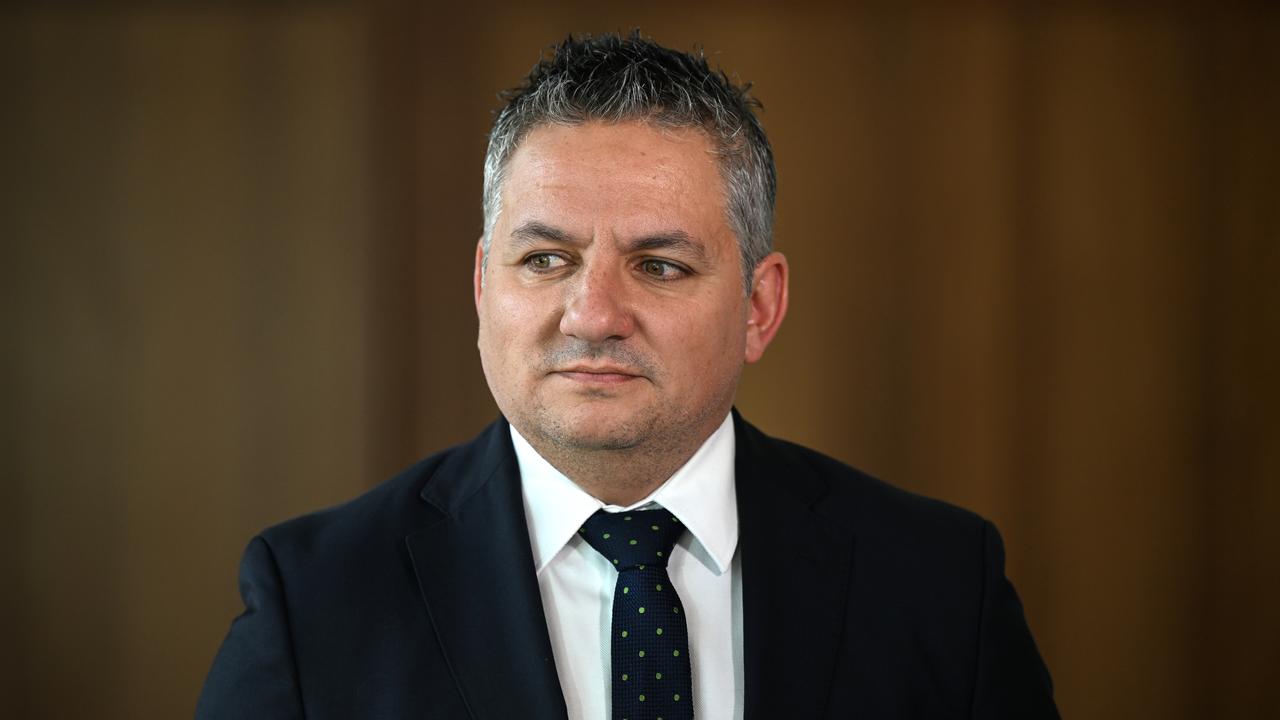
Plug-in hybrid sales also declined 13.19 per cent, falling from 13,711 in the March quarter to 11,902 in the June quarter.
Despite quarterly fluctuations, hybrids have grown strongly over the past two years.
In the first half of 2023, battery electric vehicles outsold hybrids nationally, but since then, hybrids have outsold battery units in eight consecutive quarters.
However, in the June 2025 quarter, hybrids posted their lowest market share since the March quarter in 2024 while continuing to outsell battery electric vehicles.
The sales update comes as momentum builds for a road user charge to fund maintenance as more people switch to electric vehicles and the fuel excise falls.
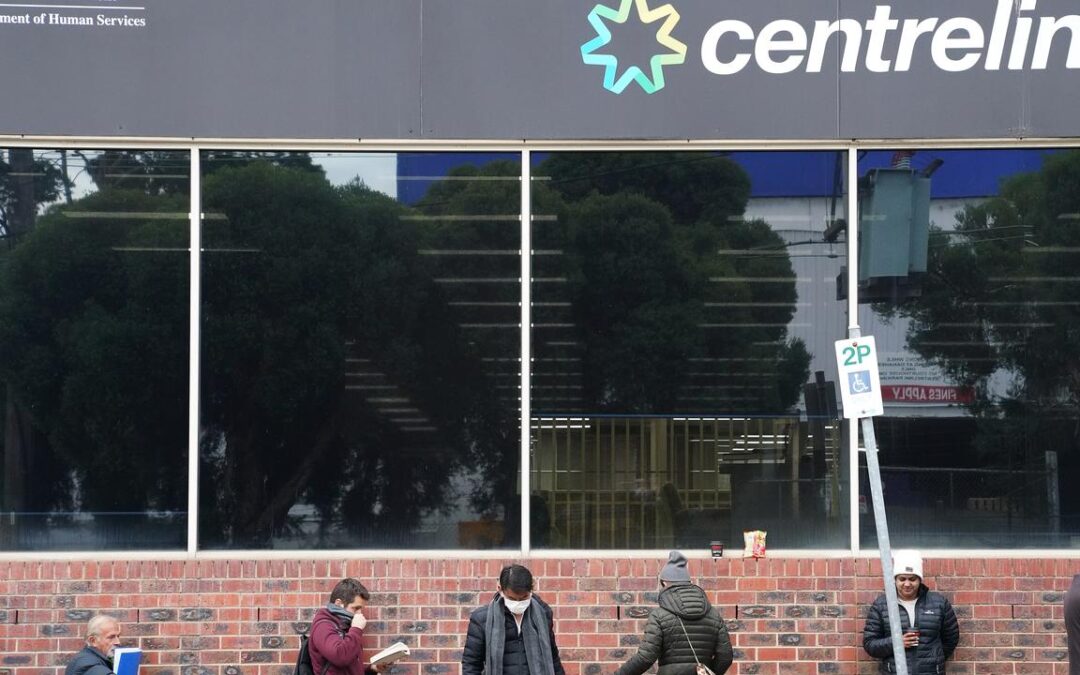
Jobs figures to help RBA understand labour conditions
Australia’s jobless rate could edge lower for July after a surprise jump a month earlier wrong-footed economists.
Market expectations are for the unemployment rate to fall back to 4.2 per cent, when the Australian Bureau of Statistics releases its latest labour force survey.
After the unexpected June figures economists noted the higher-than-anticipated rise was partly because of a sub-sample with a higher than average unemployment rate being rotated into the survey.
So a modest reversal in Thursday’s print should not be over interpreted as a sign the labour market is becoming tighter.
Indeed, Reserve Bank governor Michele Bullock noted various indicators suggest conditions in the labour market had eased in recent months.
“There’s some sense in which the labour market is easing. There are some indicators that we think suggest that things are still a little bit on the tight side,” she told reporters after the central bank cut interest rates by 25 basis points on Tuesday.
“If we can maintain where we are I don’t think that’s a bad thing.”
Still, the RBA will be watching closely and a substantial deterioration in the jobs market could boost the argument for a follow-up cut in September.
Deloitte Access Economics partner David Rumbens expects employment growth to ease through 2025 before stabilising, as public spending decelerates and overseas migration trends downward.
Despite the resilience of the labour market since the pandemic, it was being undermined by poor productivity growth, he said in Deloitte’s quarterly employment forecasts report.
The fall in productivity since March 2022 had cost Australia about $150 billion in forgone economic activity per year, he estimated.
Mr Rumbens urged the government to target high-impact, long-term reforms in its upcoming economic roundtable, including an overhaul of the tax system and reduced regulation, to help get productivity moving again.
One regulatory change identified by the Australian Securities and Investment Commission on Wednesday could mean $8.7 billion in extra investment and an additional 35,000 homes built by institutional investors over the next five years.
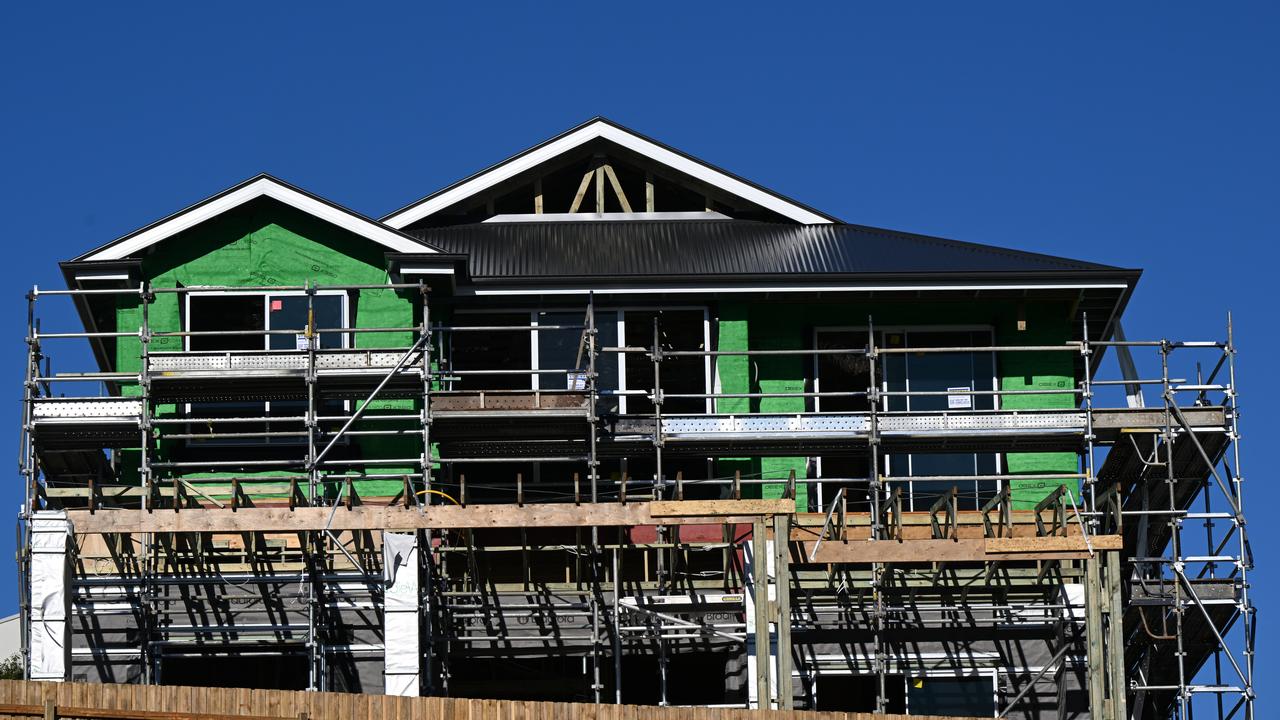
The Property Council backed ASIC’s review of RG 97 – a regulation that required investors like super funds to disclose stamp duty when reporting fees involved in housing investments.
It results in housing investments appearing more expensive than they really are, which penalises super funds for backing long-term housing supply projects, said Property Council chief executive Mike Zorbas.
Treasurer Jim Chalmers said it had the potential to be a really important change.
“It’s a good example of where working together, we can identify regulation which is not serving its intended purpose, we can work with the regulators to act on some of that regulation where it’s appropriate to do so, and we can get a good outcome,” he said.
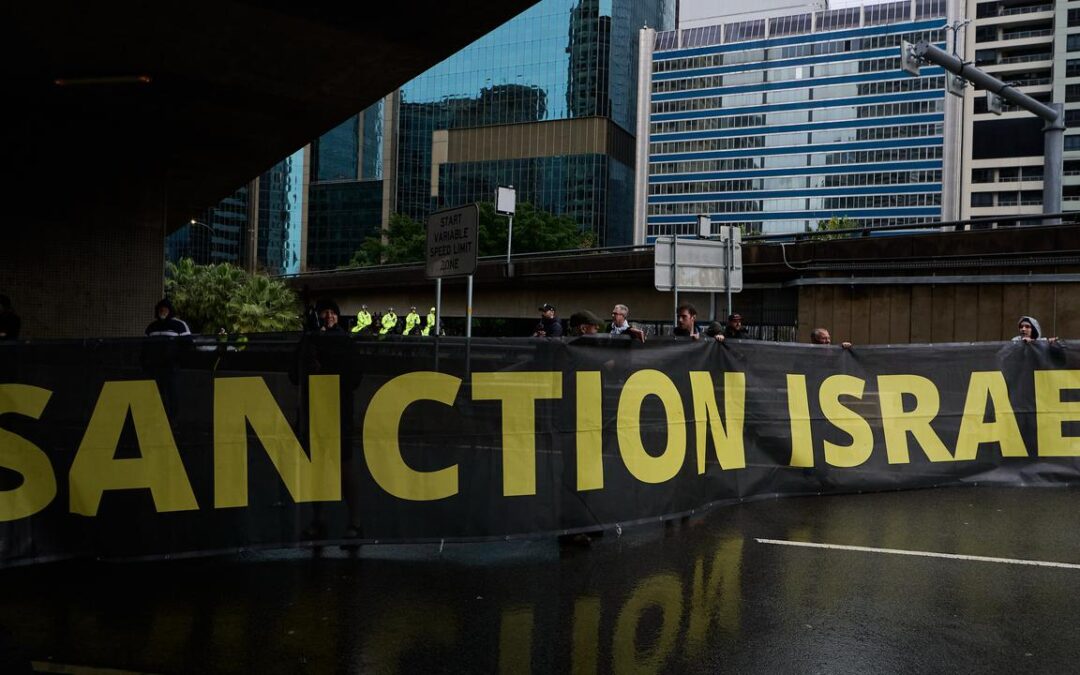
Ex-Labor senator calls for tougher sanctions on Israel
Australia is being urged to provide further support to Palestine as Labor faces grassroots pressure over the war in Gaza.
Prime Minister Anthony Albanese has confirmed Australia will recognise Palestinian statehood at the UN in September, joining more than 140 member states.
The move follows similar commitments from countries such as the UK, France, and Canada.
But it has failed to quieten calls for further action ahead of a national day of protest on August 24.
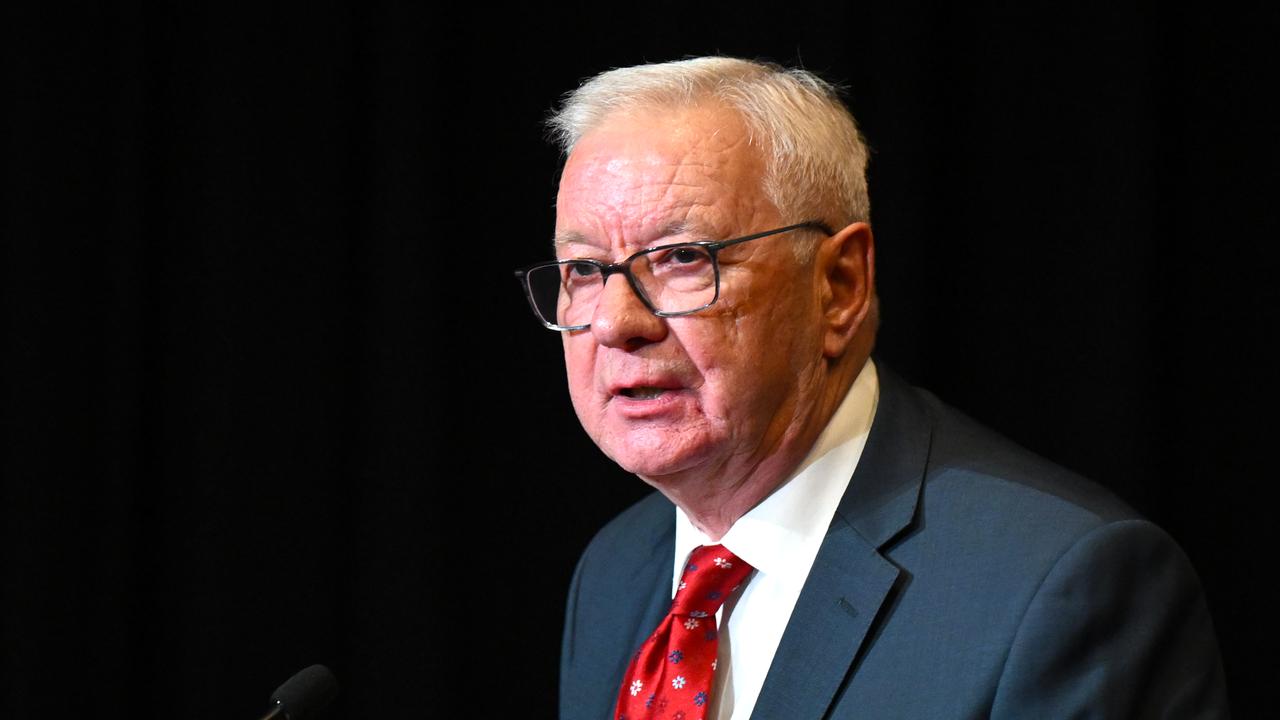
Former Labor senator and left-faction heavyweight Doug Cameron said the government should do all it can to support a Palestinian state, including reconstruction efforts when the conflict ends.
“We should not treat Palestine any differently to any other recognised state in the world, and there should be an embassy,” he told AAP.
“If the Israeli government continues to kill innocent Palestinians, Labor has got no choice but to implement stronger and effective sanctions against a government that’s committing genocide.”
Israel rejects that its actions in Gaza amount to genocide.
The latest outbreak of war in Gaza began when Hamas attacked Israel on October 7, 2023, killing 1200 people and taking about 250 hostage.
Israel’s military response has since killed more than 61,000 people, according to Gaza health authorities.
Former foreign affairs minister Bob Carr has called for sanctions against Israeli Prime Minister Benjamin Netanyahu.
He was among past and present Labor MPs who attended a pro-Palestine march across the Sydney Harbour Bridge.
Hamas has welcomed the Albanese government’s decision to recognise Palestine, saying it reflects “political courage”.
Mr Cameron said he did not give any credence to anything said by the designated terror group, which he said was guilty of war crimes and needed to be brought to justice by international courts.
The response from Hamas contradicts the prime minister’s claims the terrorist group would be opposed to the nation’s recognition because it wanted Israel to be destroyed.
Australia was also among more than 20 countries issuing a joint statement calling for urgent action by Israel to allow aid to enter Gaza.
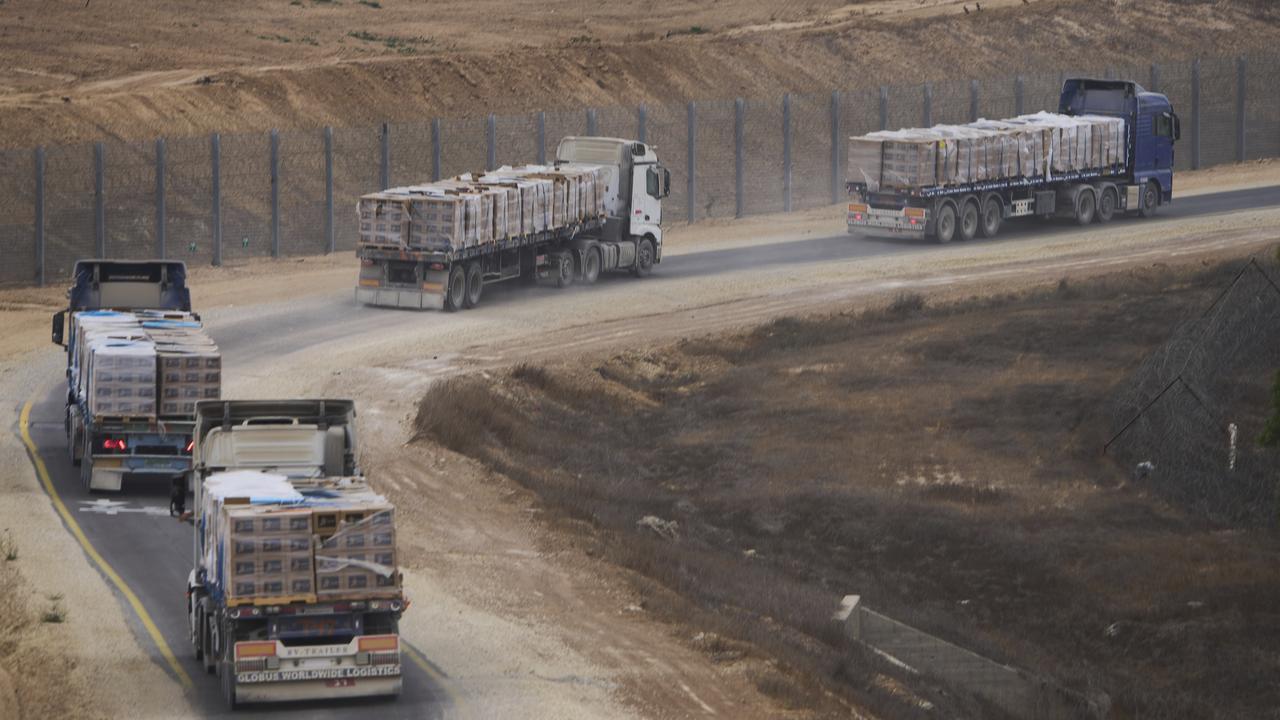
Israel denies it is responsible for the lack of food in the war zone, accusing Hamas of stealing aid shipments.
The Albanese government’s decision on Palestinian statehood marks a divergence from its closest security ally the US, which has opposed formal acknowledgement.
Opposition Leader Sussan Ley has vowed to rip up Australia’s recognition if elected, while maintaining such a decision should come at the end of a peace process.
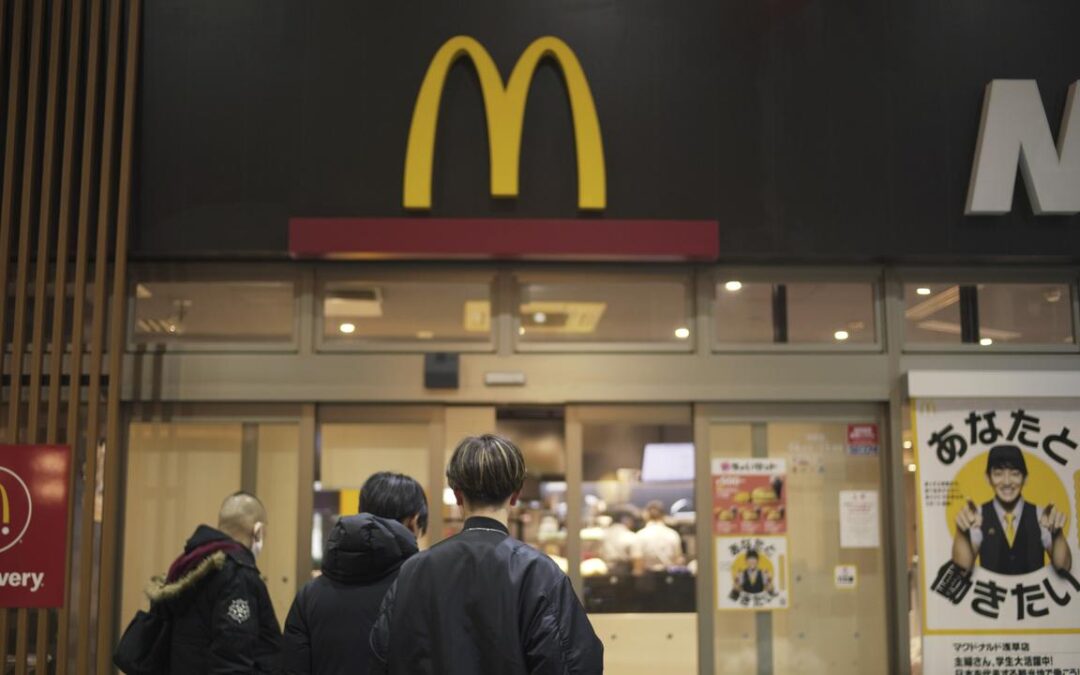
Gotta trash them all: McDonald’s bins Pokemon promotion
Fast-food chain McDonald’s Japan has cancelled a Happy Meal campaign that came with coveted Pokemon cards, apologising after resellers rushed to buy the meals and then discarded the food, leaving rubbish outside stores.
The meals, called Happy Sets in Japan, were meant for children.
They came with a toy, such as a tiny plastic Pikachu, and a Pokemon card.
They sold out in a day, according to Japanese media reports.
Mounds of wasted food were found near the stores.

“We do not believe in abandoning and discarding food. This situation goes against our longtime philosophy that we have cherished as a restaurant to ‘offer a fun dining experience for children and families’,” the company said on Monday.
“We sincerely accept that our preparations had not been adequate.”
McDonald’s said it was working on ways to prevent such a situation happening again, such as limiting the number of meals each person can buy and ending online orders.
It said it might deny service to customers who fail to abide by the rules.
Collecting Pokemon cards is popular among adults and children in many places, with the most popular cards selling for $US1000 ($A1500) or more.
Unusually large crowds were seen flocking to McDonald’s stores when the meals with Pokemon cards went on sale.
The cards were later being resold for up to tens of thousands of yen (hundreds of dollars) online.
McDonald’s has been selling Happy Meals for more than 40 years. In Japan, they usually sell for 510 yen ($A5.30).
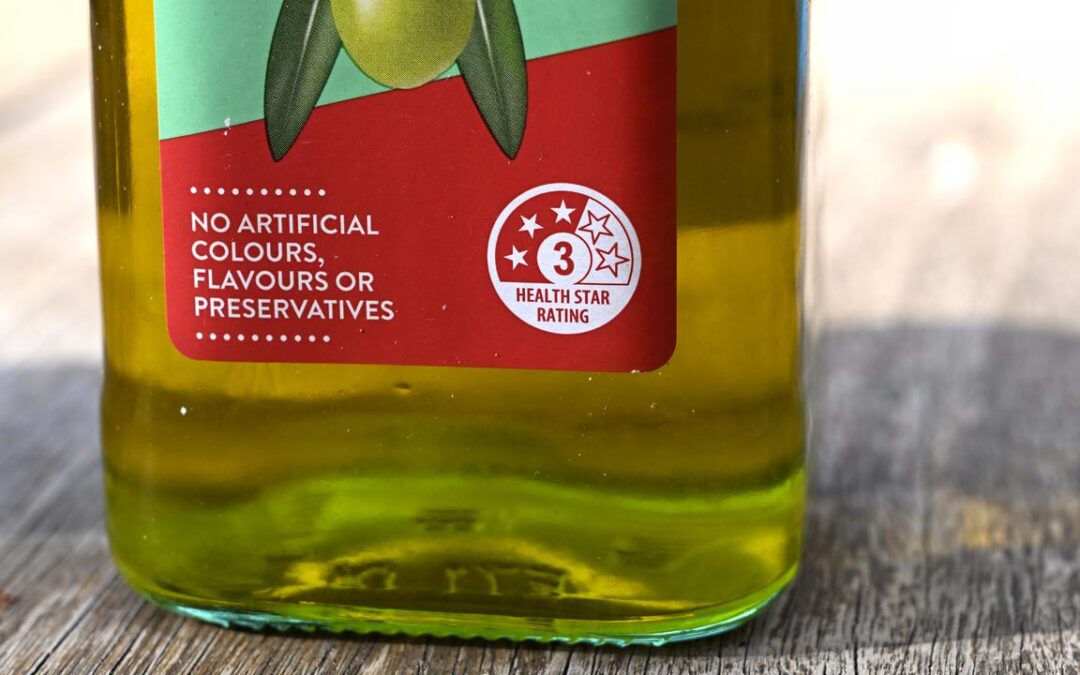
Poor effort, one-star: experts pan health rating uptake
Consumers are stilling having to digest complex nutrition tables when shopping as brands thumb their nose at voluntary health star labels.
Dietitians and other health experts are demanding health star ratings be made mandatory to correct its dismal uptake.
Only one-third of packaged foods on supermarket shelves display the labels, a far cry from the federal government’s November target of 70 per cent.
People understood the concept of stars and could use it to make better choices, the George Institute for Global Health’s Alexandra Jones told reporters on Wednesday.
“Their ability to use it has been mostly limited by the fact that it’s only on a third of products,” she said.
Under the rating system, packaged foods can receive ratings from half-a-star to five stars, based on factors including their total energy value, saturated fat, sugar and fruit content.
The labels were introduced in 2014 in a joint initiative between the Australian and New Zealand governments.
But uptake has fallen well behind schedule.
An estimated 36 per cent of products display the rating, about the same amount as four years ago.

A reason appears to be producers with low-scoring items choosing to not display the labels.
Dr Jones, who leads the George Institute’s food governance program, said its data showed higher-scoring brands recorded strong levels of uptake.
Australasian food ministers have shown an interest in mandating the labels but experts warned transition periods could mean consumers would be left waiting until 2029 to analyse food details.
Mandating the system earlier would help to reduce health costs significantly, public health nutrition associate professor Bridget Kelly said.
Dietary risk factors contributing to chronic disease burden already cost the federal taxpayer about $1.2 billion annually.
“There’s a strong economic argument for rolling this out and for saving government money in the longer term,” Dr Kelly, of the University of Wollongong, said.
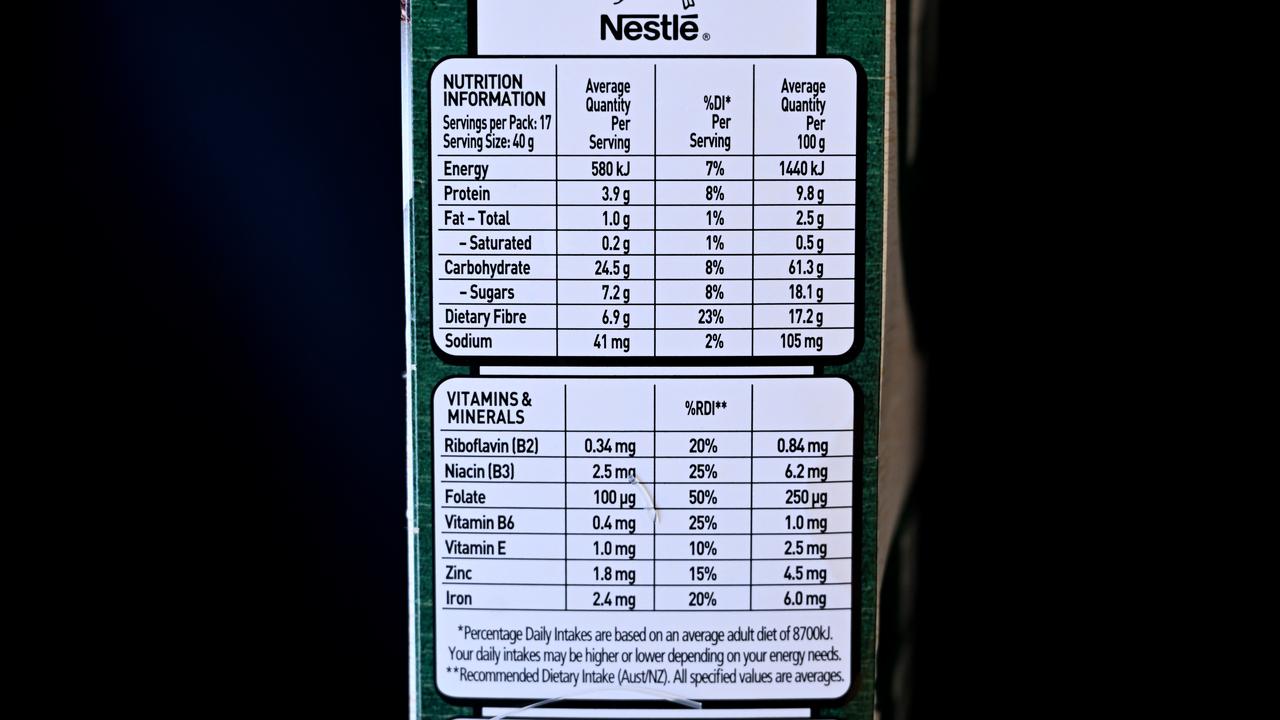
Dietitians Australia chief executive Magriet Raxworthy said the rating system was an important first step in helping consumers make healthy choices.
“We can’t – in the face of an ever-growing chronic disease landscape – continue to avoid really strong public health measures that can effectively make a change in our food system,” she said.
While supporting the rating, the Australian Food and Grocery Council said a move towards mandating would require sufficient time to minimise costs, reduce waste and consider the impact on all providers, a spokesperson told AAP on Wednesday.
Federal Agriculture Minister Julie Collins and Assistant Health Minister Rebecca White were contacted for comment.
The pair are members of the food ministers council that makes decisions about the health star rating system.
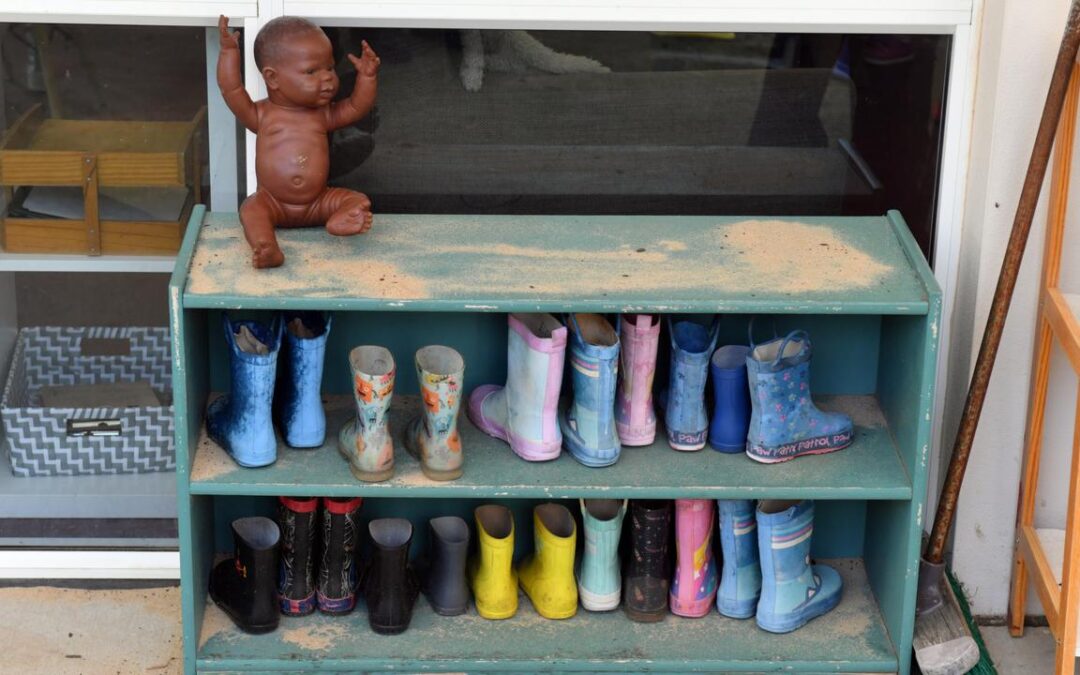
‘Tragic’ childcare abuse shouldn’t drive kneejerk shift
Authorities should resist kneejerk reactions to horrific reports of abuse in childcare centres, instead using the “tragic” events to drive true reform, an inquiry has heard.
Scrutiny should also be given to how regulators are resourced before questions of their independence are addressed, with parental advocates saying staffing and qualification shortfalls are eroding trust in the system.
“If the regulator is under-resourced … it doesn’t matter where it sits because the resources are still the same,” Thrive By Five executive director Penny Dakin told a NSW upper house inquiry on Wednesday.
“We don’t get these moments very often and we have to use the one we have – as tragic as the reasons behind it are – to actually do that system reform.”
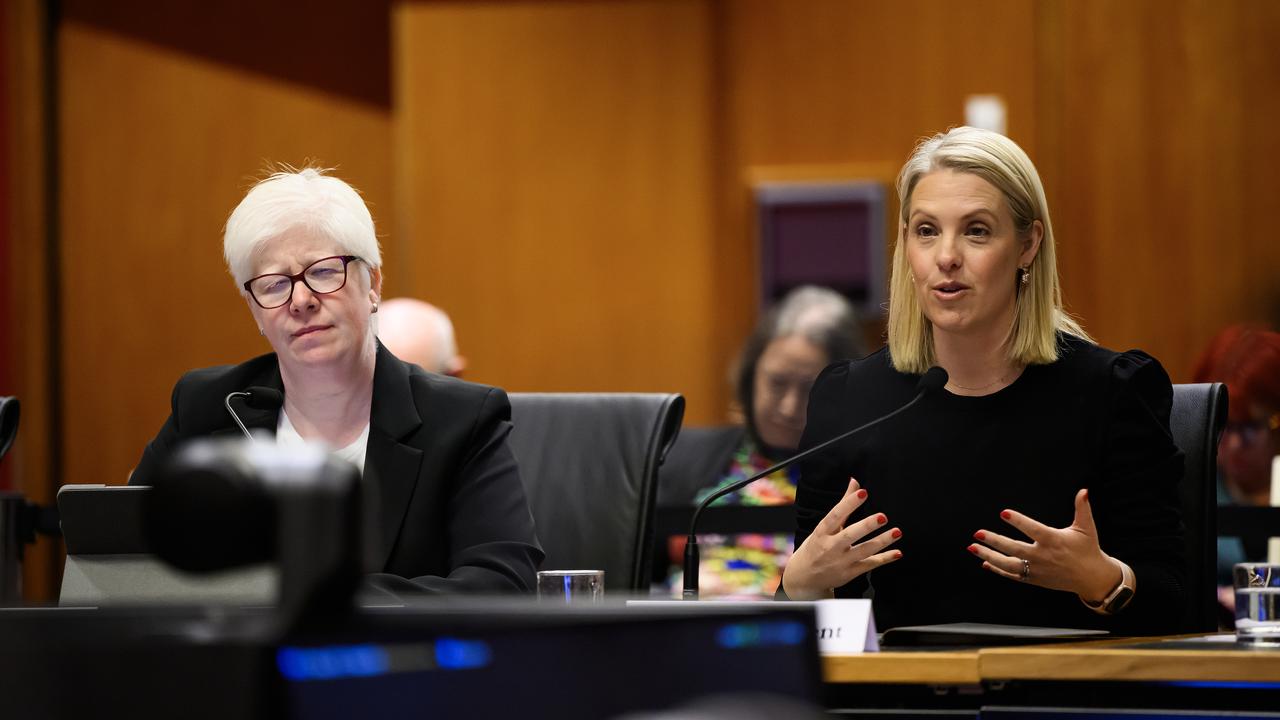
The inquiry into early childhood education and care was told parents are reconsidering whether to trust their children in the hands of early learning educators because of abuse reports.
“There is grief, fear and deep anxiety among parents of young children,” The Parenthood chief executive Georgie Dent said.
But Australia’s largest regulator argued supervisory responsibilities should be cut free from the state education department because of the perceived conflict of interest in being a major provider of care and a watchdog.
NSW’s childcare regulator sits inside the education department, effectively making the secretary the ultimate regulator, department head Murat Dizdar told the inquiry.
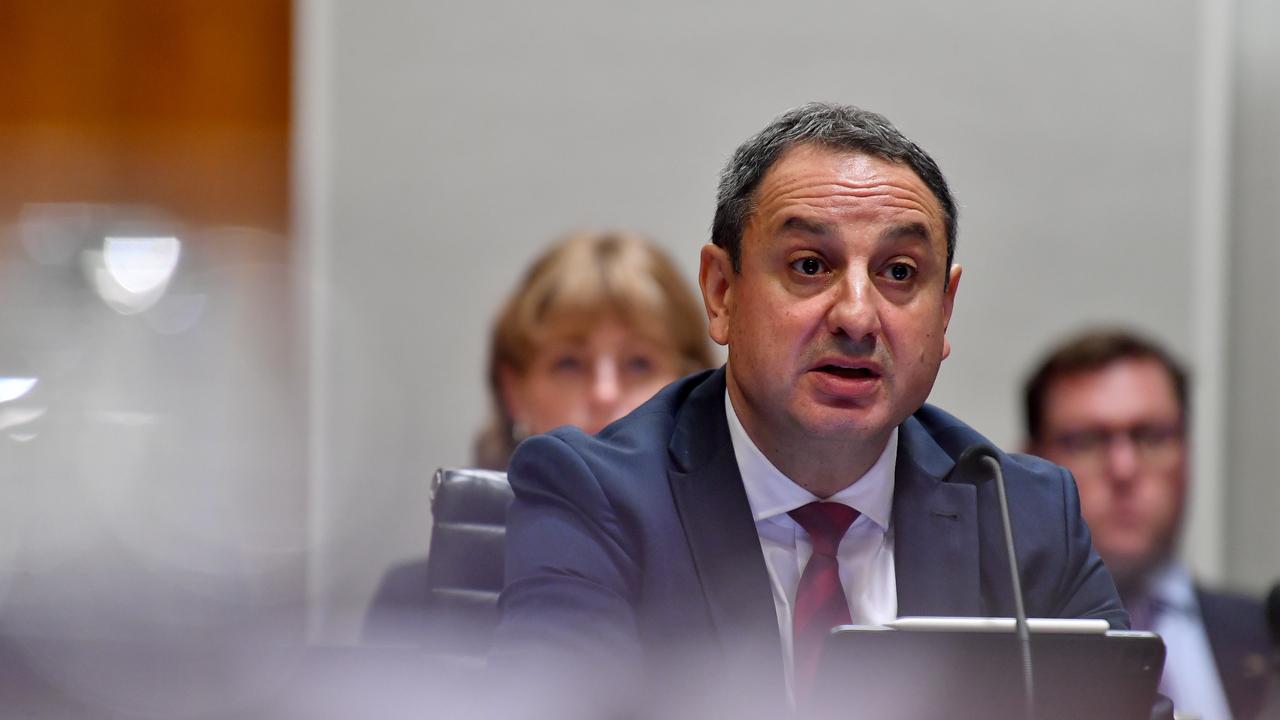
Despite calls for tougher rules to protect vulnerable children, closing every childcare centre reported for a quality breach was not feasible, Mr Dizdar said.
Experts argued the sector was overrun with for-profit providers, which were incentivised to provide the bare minimum for children and staff.
“Large, for-profit providers pay less, hire less experienced workers, have more turnover,” researcher Gabrielle Meagher said.
An undervaluing of early childhood teachers and the education they provided young children was also driving profiteering and poor oversight.
“Having such prolific for-profit provisioning says it’s a service, not education,” fellow academic Marianne Fenech said.
The pair slammed the perverse incentives allowing a surge in profit-driven providers and the failure to mandate a need for all providers to act first and foremost in the interests of the 1.3 million Australian children in childcare.
Union representatives stressed that safety for children was directly linked to stable staffing and robust educator-to-child ratios.
“How can you have a child-safe culture if you have constant turnover of staff?” Independent Education Union secretary Carol Matthews said.
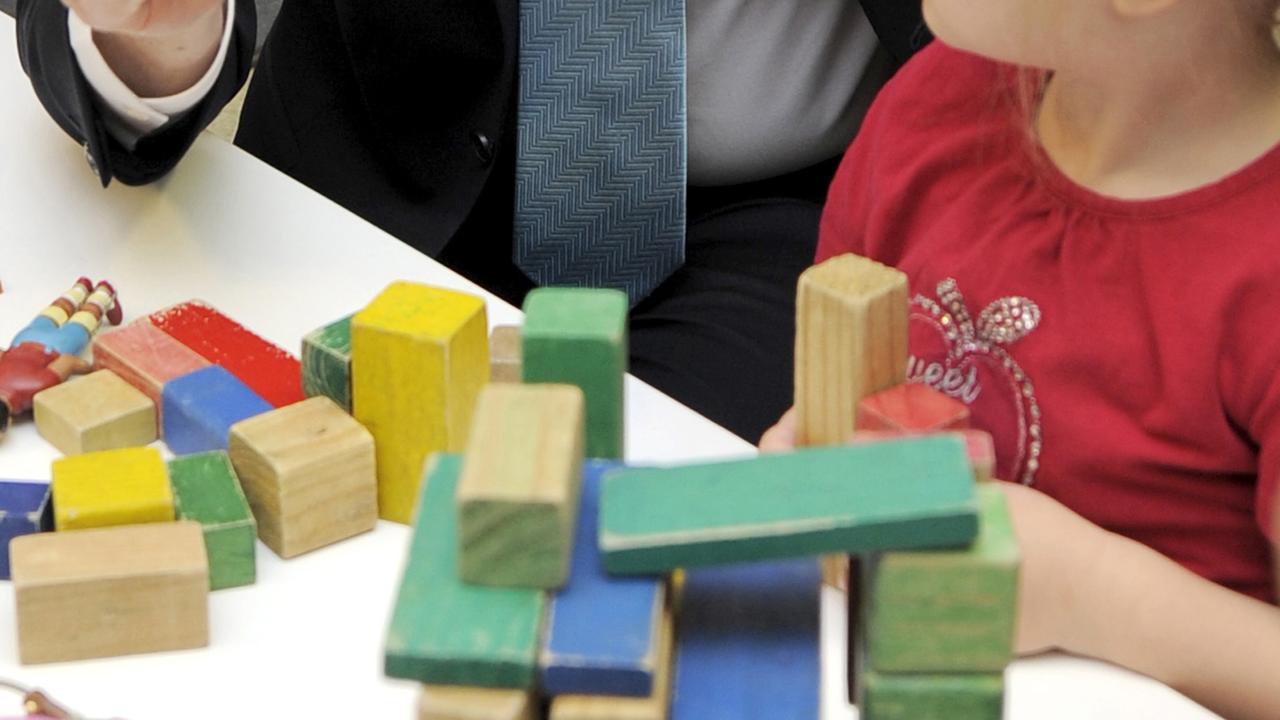
The for-profit childcare sector had grown 30 per cent since 2015, while not-for-profit providers declined eight per cent, Community Early Learning Australia said.
“The over-reliance on for-profit services to meet demand for education and care services has failed to ensure access for all families,” the early childhood body said.
Acting NSW Early Learning Minister Courtney Houssos said providers that consistently fell foul of quality guidelines would have their funding cut under government reforms being considered.
The inquiry comes amid nationwide scrutiny on the regulation and safety of childcare after shocking reports of abuse.
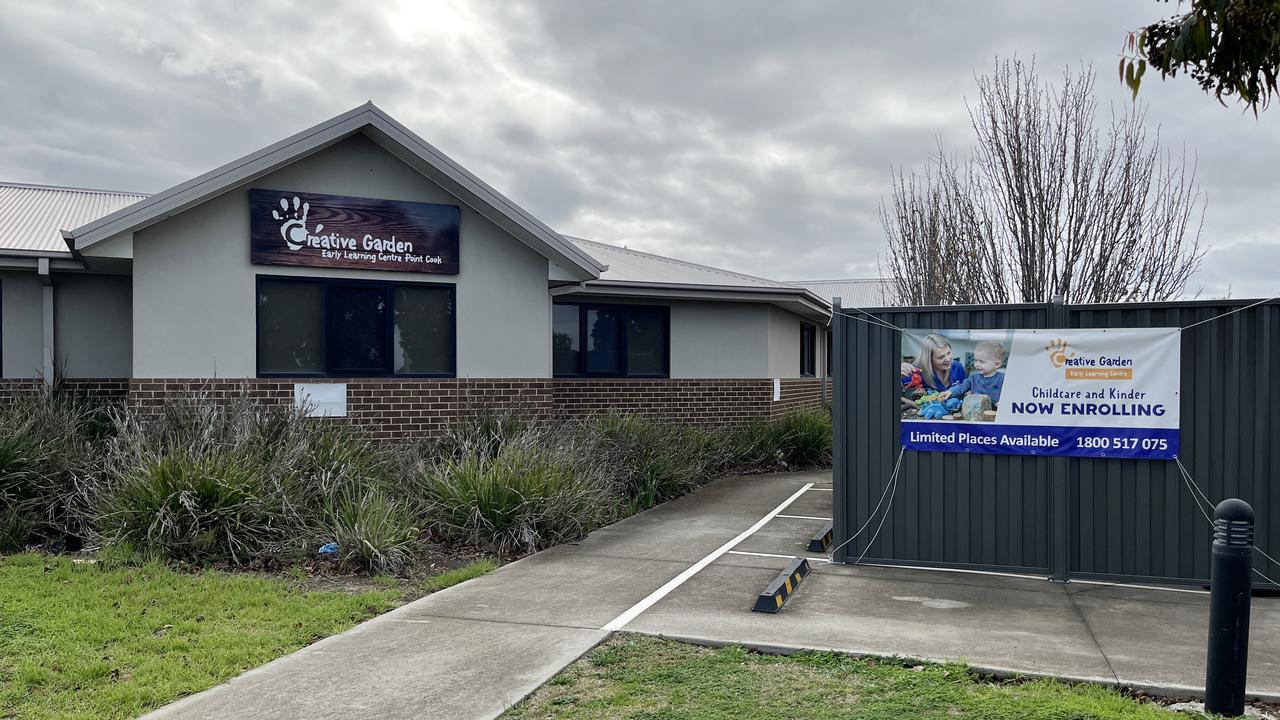
G8 Education, the operator of a centre where educator Joshua Dale Brown allegedly abused children, said in a submission that its staff were struggling emotionally while working through the fallout of the revelations.
Brown is accused of abusing eight children aged under two at a centre in Melbourne between April 2022 and January 2023.
Federal Labor has enlisted consulting giant Deloitte to design a universal childcare scheme for the nation.
Deloitte will spend two years assessing whether a flat fee of $10 a day could replace the current childcare subsidy, which is calculated on household income.
1800 RESPECT (1800 737 732)
National Sexual Abuse and Redress Support Service 1800 211 028
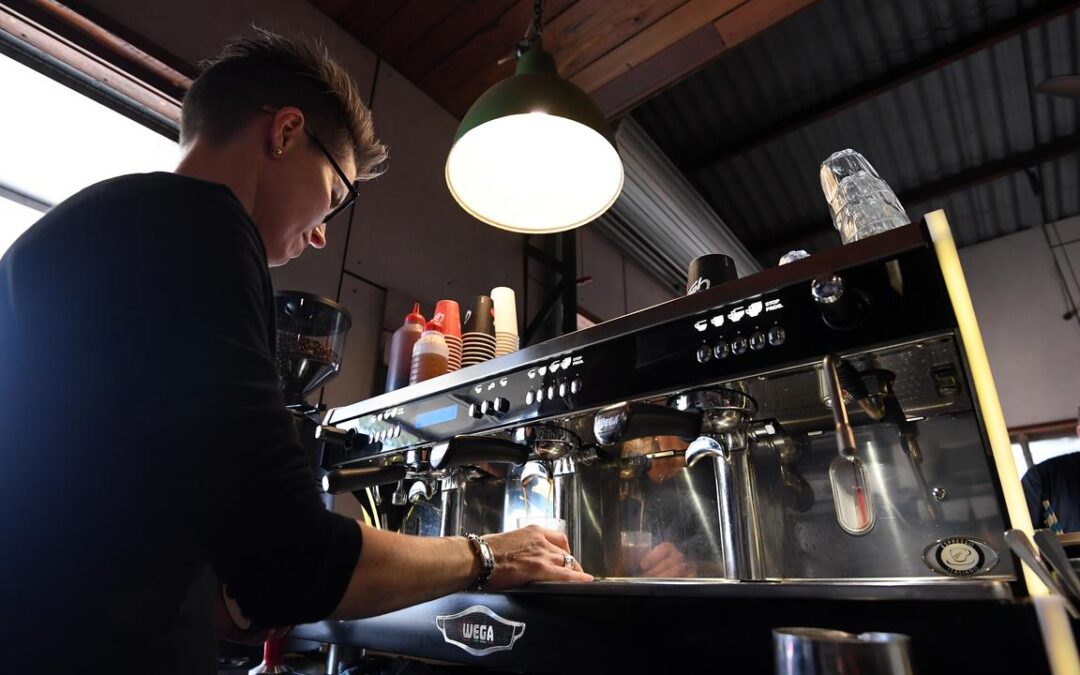
‘A luxury not a lifeline’: call to defend penalty rates
Penalty rates are a “lifeline” for Australian workers and major unions are backing a push to prevent companies from paying their employees less.
The federal government has introduced a bill that would protect penalty rates for almost three million award-wage employees, who work on weekends, public holidays, and at other unusual hours.
It follows a proposal to allow businesses to take away penalty rates, meal breaks and overtime pay for select employees in exchange for a 25 per cent pay rise, made by the Australian Retailers Association in February.
The Fair Work Commission is yet to officially decide on this idea, but Australian Services Union national secretary Emeline Gaske has urged the government to pass its legislation as quickly as possible.
“We know penalty rates and overtime are not a luxury, they are a lifeline,” she told a Senate inquiry on Wednesday.
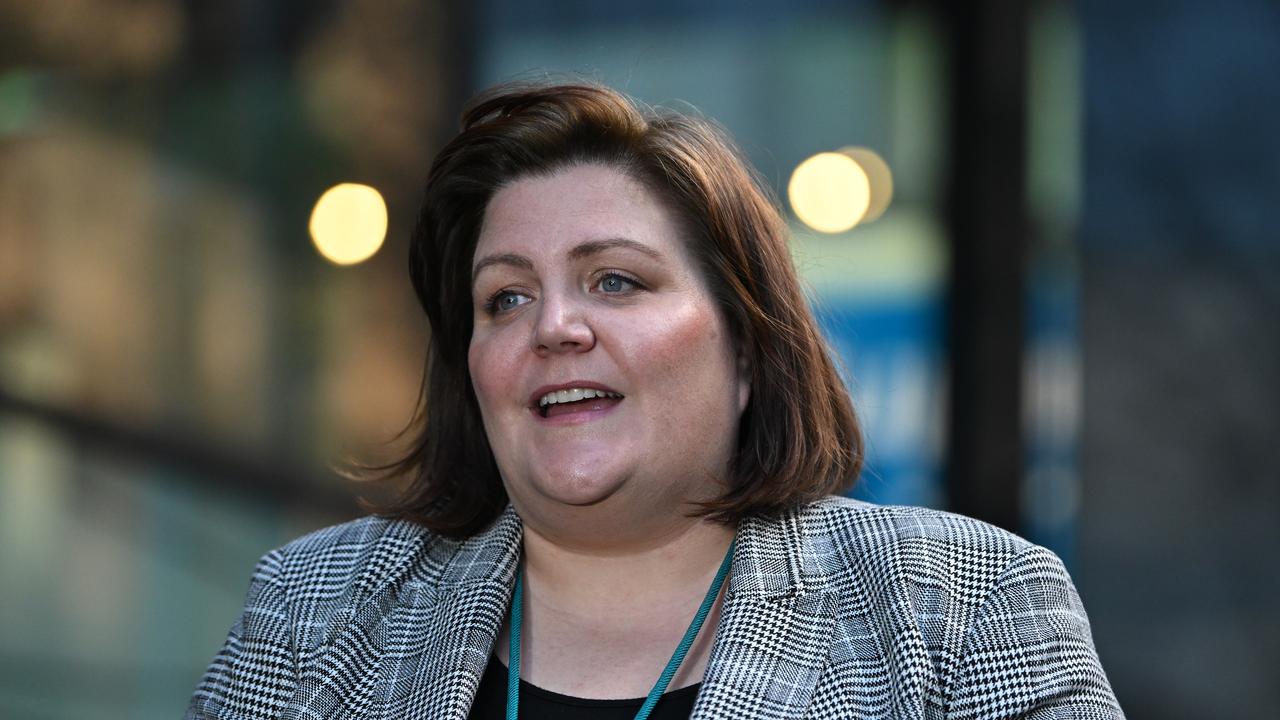
“They compensate workers for sacrifice of working nights, weekends, public holidays, when others are resting or enjoying recreation with their family and friends.
“For workers who rely on penalty rates, they are absolutely essential to making ends meet.”
The bill still allows businesses and unions to bargain over penalty rate exemptions, as long as every employee is better off under that agreement than they are under the award.
“The only thing employers won’t be able to do is pay workers less,” Australian Council of Trade Union industrial and policy director Ben Moxham said.
A coalition of business groups including the Business Council of Australia, the Australian Chamber of Commerce and Industry, and the Australian Retailers Association (ARA) have all opposed the legislation as they say it undermines the independence of the Fair Work Commission and restricts flexibility.
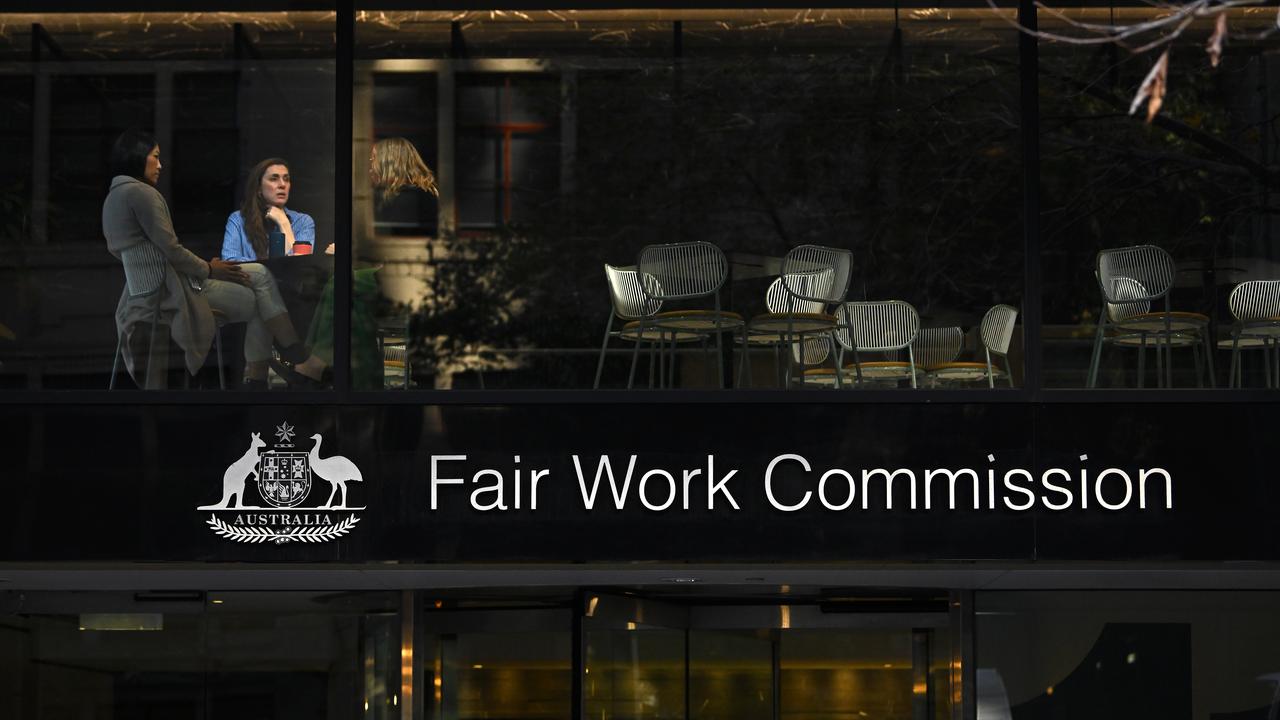
“The basis of for this bill is fundamentally flawed,” the chamber’s workplace relations director Shaun Schmitke told the inquiry.
“This bill fails to recognise that the broader community debate has moved on and has embraced the reality that the world we work in is rapidly changing.”
The ARA also defended its proposal and said it would only apply to employees like department or store managers, and included safeguards like capping working hours at 43 per week before additional payments kicked in.
A voluntary opt-in clause would also be included.
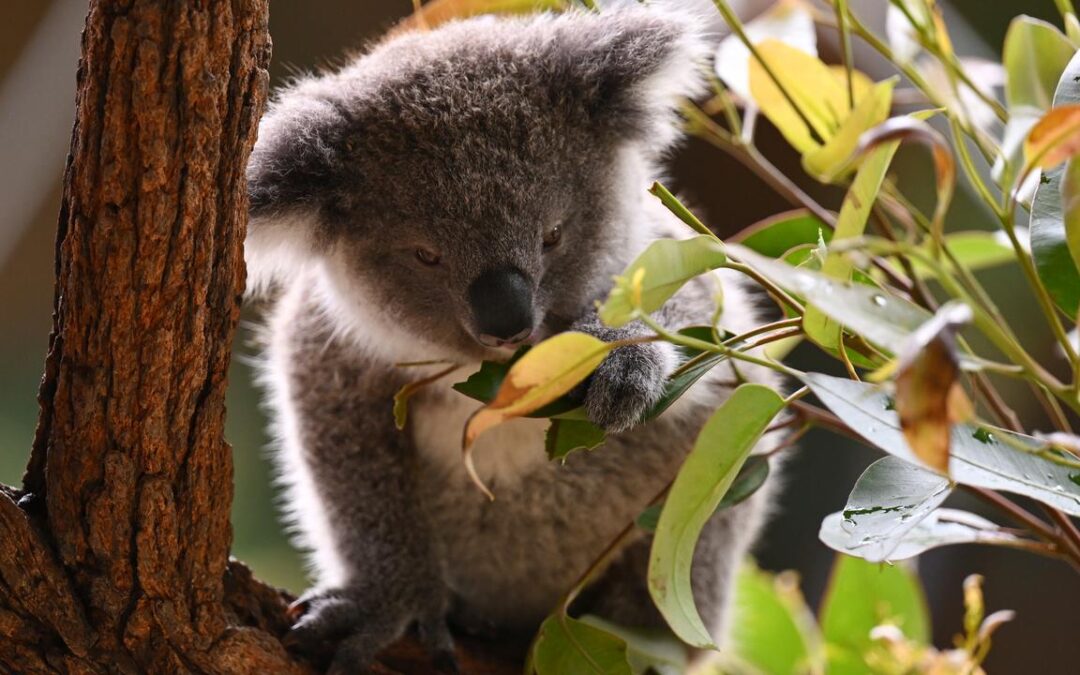
Coal mine project threatens ‘significant’ koala habitat
A population of endangered koalas has been spotted by drones in a patch of bushland earmarked for a coal mine expansion.
The discovery of 13 marsupials in one night in the 1.6sq/km area within the Glencore Hail Creek coal mine expansion site in central Queensland has been described by conservation groups and ecologists as significant for the species.
“These findings confirm this koala population is likely of national significance – something we suggested as early as 2017,” University of Queensland ecological researcher Bill Ellis said.
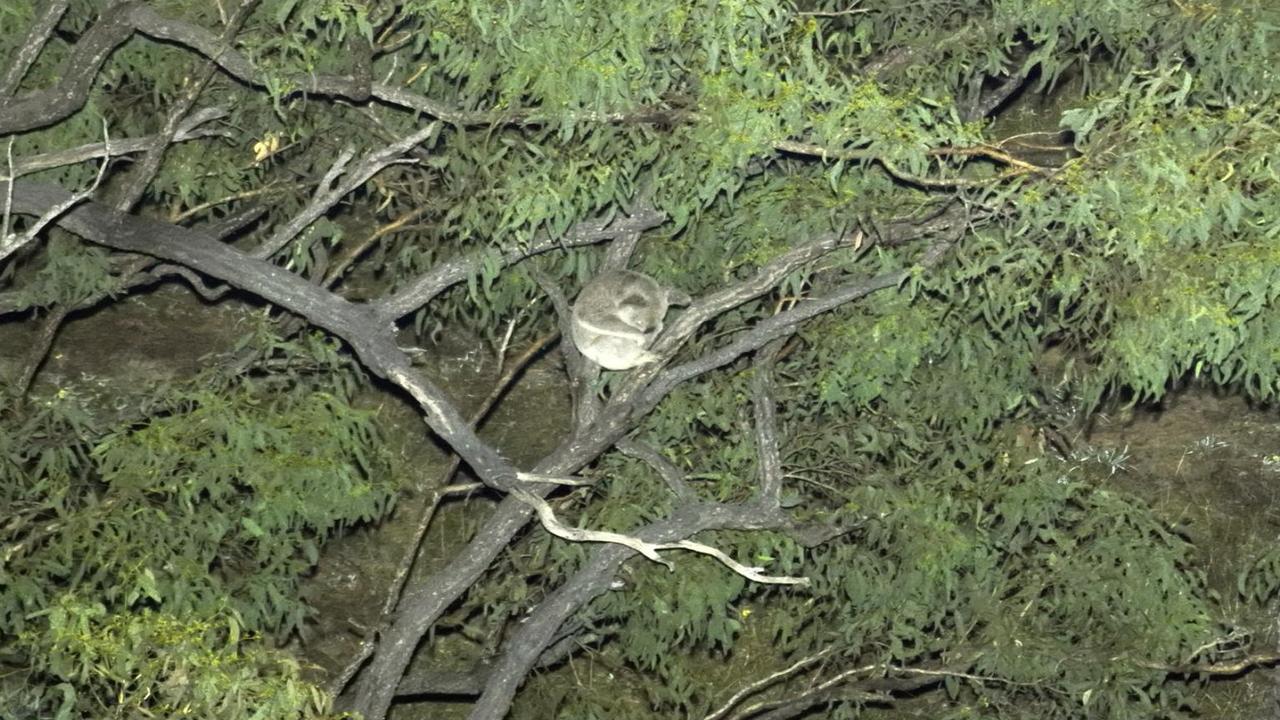
The conservation status of the iconic creature was officially bumped from vulnerable to threatened in 2022 for stressed populations in Queensland, NSW and the ACT.
Koalas have been under pressure for decades from habitat loss, disease and bushfires as well as other weather extremes fanned by climate change.
It’s not the only native species in trouble, with Australia topping global rankings for mammal extinction.
Global mining giant Glencore plans to expand the footprint of the Hail Creek metallurgical and thermal coal export mine, a move its environmental assessment shows will disrupt nearly 600 hectares of “ecologically significant” koala habitat.
The project is waiting for state environment approval and conservation groups expect the mine proposal to trigger federal nature laws.
Queensland Conservation Council coal and gas campaigner Charlie Cox, one of the groups behind the drone investigation, said the discovery of a significant koala population should ring alarm bells for Federal Environment Minster Murray Watt.
“If the Albanese government means it when they say they are serious about no new extinctions, then they must halt all coal project assessments in the region until the population size, health and habitat can be thoroughly investigated,” she said.
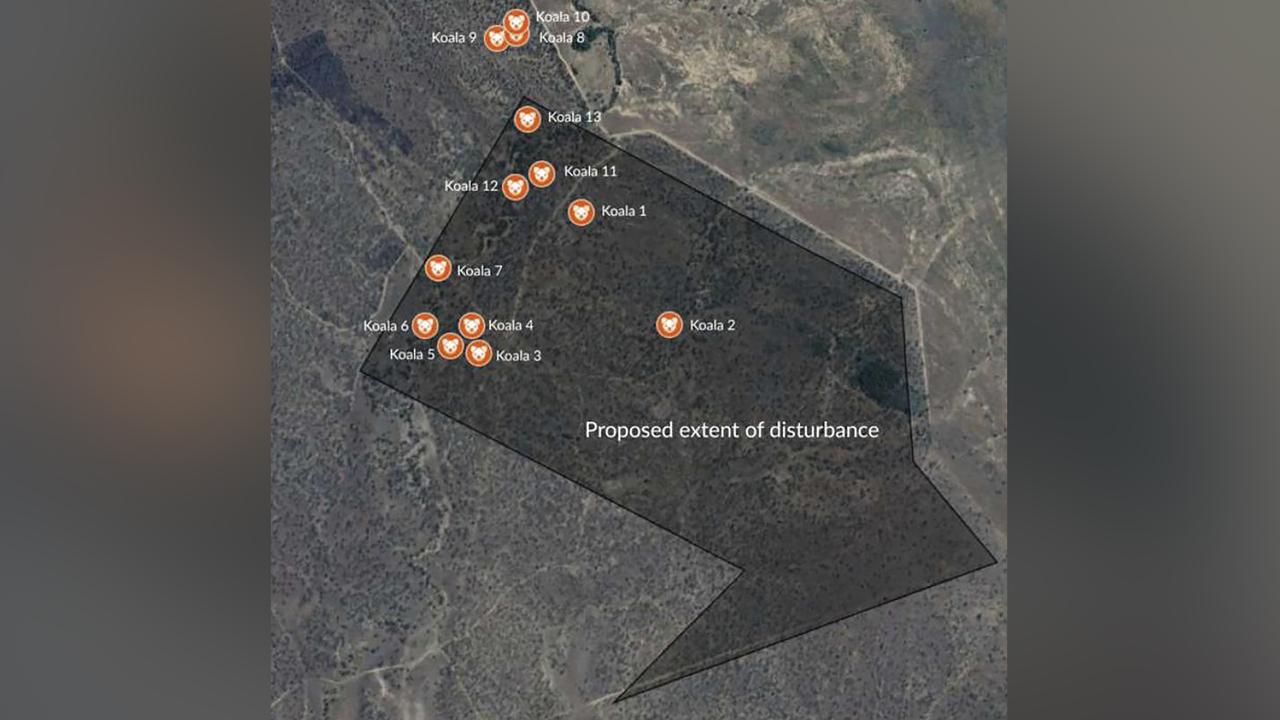
Lock the Gate and the Mackay Conservation Group were also involved in the drone surveying of the site.
Mines and other types of development impinging on threatened species habitat have been able to secure environmental approval in the past on the condition trees are planted or biodiversity loss offset in other ways.
Ms Cox said offsetting habitat destruction was rarely effective, with koalas unable to live among tree seedlings, nor receptive to relocation.
“You can’t just necessarily up and move those koalas to another habitat, hundreds of kilometres away,” she told AAP.
A Glencore spokesperson said the company was “very aware” of existing koala habitat on the site.
“We are working closely with state and federal governments to deliver an effective environmental management plan to minimise impact on flora and fauna in the Hail Creek project area,” they said.
The company did not provide a direct response to questions about the effectiveness of biodiversity offsets and land rehabilitation programs.
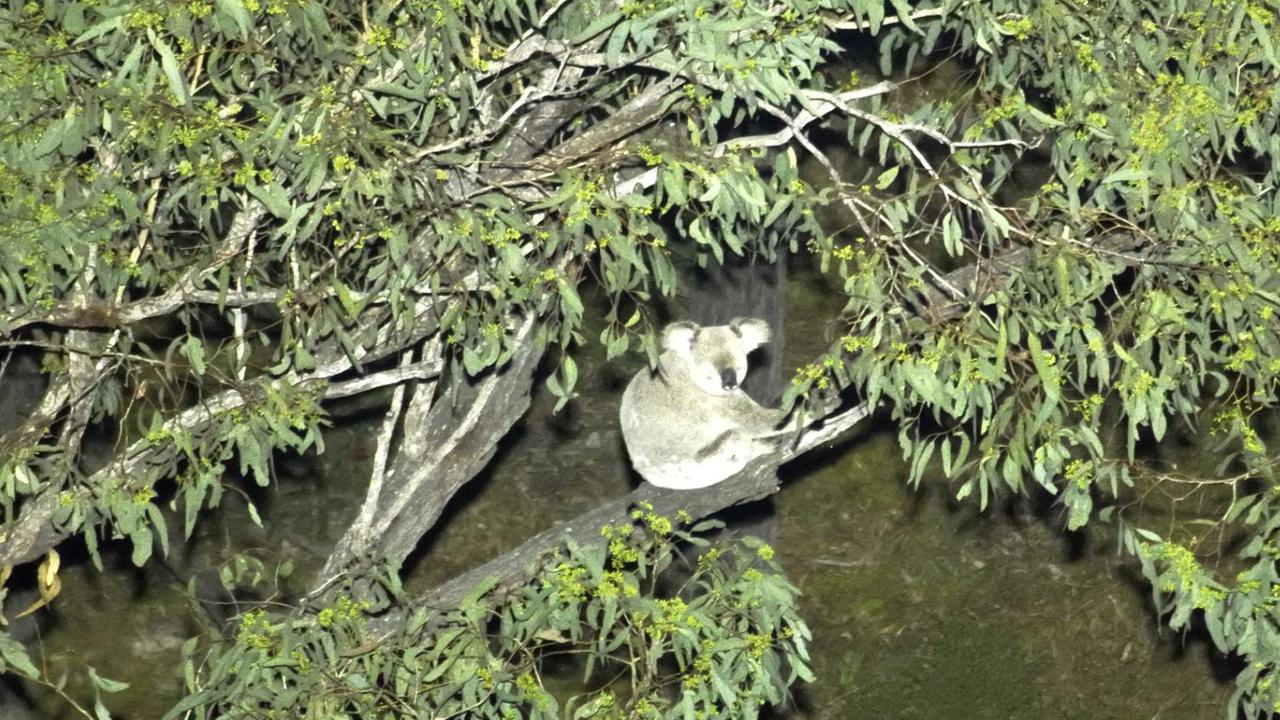
Mackay Conservation Group climate campaigner Imogen Lindenberg said Hail Creek’s greenhouse gas emissions were also contributing to climate change, another “nail in the coffin” for endangered koalas.
The methane that escapes as part of the open cut coal mine’s operations has come under scrutiny, with a study released earlier this year saying the amount of the potent greenhouse gas emitted by the site may have been underestimated.
The Glencore spokesperson said the company was continuing to manage its greenhouse emissions in compliance with the national safeguard mechanism, the federal policy designed to cut emissions at Australia’s largest industrial facilities.